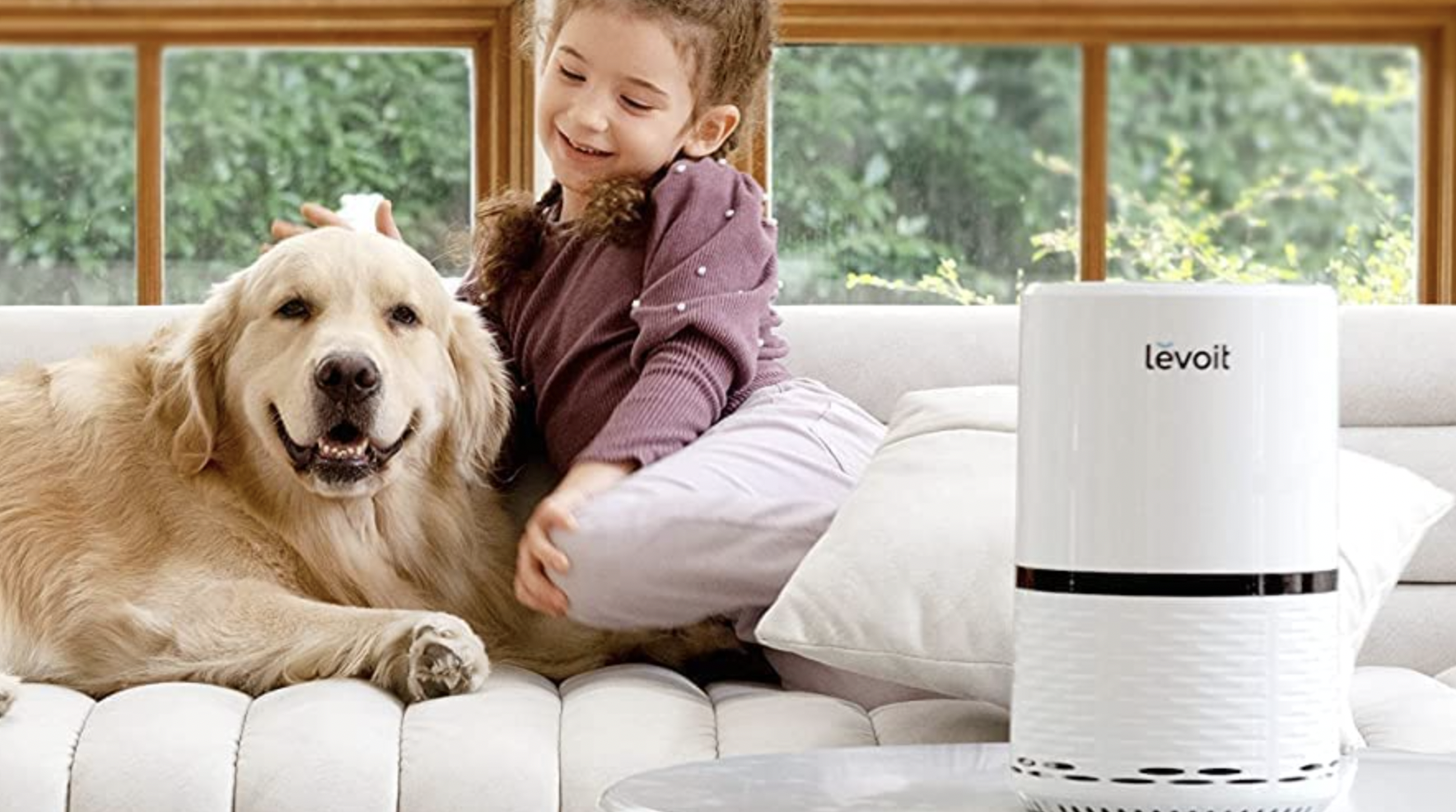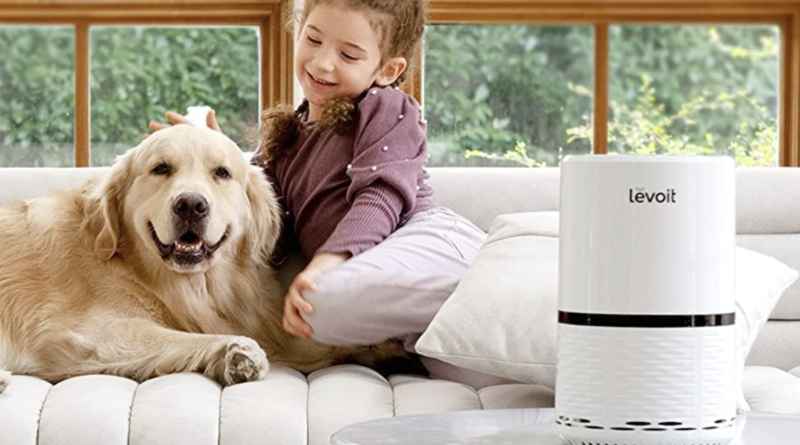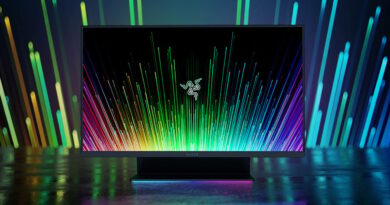The best air purifiers to every home

This content originally appeared on Mashable for a US audience and has been adapted for the UK audience.
As regular sufferers will know, allergy season isn’t much fun. Same goes for climate change, which is contributing to these ever-worsening pollen seasons. Among the culprits are high temperatures and raised levels of carbon dioxide, both of which can affect the proteins in the pollen grains — the very things that cause these allergies.
What you need is an air purifier. But not only to combat allergies. Indeed, there are all kinds of nasties floating around — dust, pollen, smog, mould spores, and pet dander.
Eliminating these airborne particles is one way to cope with allergies and other respiratory issues — and there’s no better way to trap these pain-in-the-backside irritants than by using an air purifier with a HEPA filter. But how to choose the right one? It can be confusing, but fear not, because we can help clear the air.
What is an air purifier?
True to its name, an air purifier sucks in dirty air, purifies it, and releases the clean air back into the atmosphere. The air is put through a filter — or multiple filters in some models — which helps remove all kinds of pollutants and particles.
What is a HEPA filter?
You’ll see this acronym a lot when shopping for air purifiers. It means High-Efficiency Particulate Air filter. HEPA filters use thousands of very fine fibres to catch particles of all sizes. In short, it’s the industry standard and will remove at least 99.97% of dust, pollen, mold, bacteria, and any airborne particles down to a size of 0.3 microns (in other words, very small). Some air purifiers also use carbon activated filters, which trap molecules and particles through a process called adsorption.
What do air purifiers filter out of the air?
A good air purifier will catch around 99.97% of unwanted nasties from the air. This will include dust, allergens, pollen, mould spores, pet dander, volatile organic compounds (VOCs), viruses, bacteria and lingering odours. Indeed, air purifiers are ace when it comes to ridding a space of animal smells like litter boxes and pet beds, as well as clearing the air of smoke stench from cigarettes or fires — and all without needing to open a window.
What features do air purifiers offer?
It all depends on how much you’re willing to spend. You’ll find air purifiers that are relatively cheap but have no extra features. But if you’re willing to fork out a bit more — and, hey, you can’t put a price on healthy air — top-of-the-range models have all kind of features. These might include app connectivity, voice command, sleep mode, timers, and sensors that detect the air quality and adjust performance accordingly.
What is the best air purifier?
That’s ultimately up to you and may depend on numerous factors, such as the size of your home and lifestyle. But we’re not just blowing hot air here. We’ve tracked down some of the best air purifiers on the market for you to consider. Whether you need something small to take from place to place, or if you’re in the market for an air purifier that can handle the whole house, you’re totally covered.
These are the best air purifiers in 2023.


